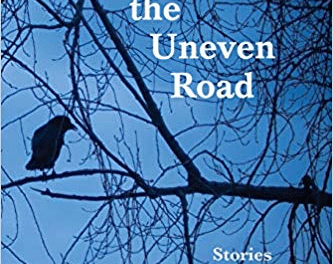In Athena’s Child, a retelling of the Greek myth of Medusa and Perseus, Hannah Lynn depicts a beautiful young Medusa serving in Athena’s temple. Poseidon forces himself upon her. Athena, rather than blame Poseidon for raping her acolyte, blames Medusa and curses her, making her into the monster of mythology. Lynn’s Medusa, feeling forsaken by her goddess, tries to live in peace on her remote island, but her seclusion is interrupted time and again by wannabe heroes, hoping to kill her. This depiction of Medusa shows the persistence of the male hierarchy and how women, even other women, blame the victim for her own rape rather than blaming the perpetrator.
Lynn also writes from Perseus’s point of view and shows his desire to decapitate Medusa. He wants to save his mother from marrying King Polydectes. Perseus plans to weaponize Medusa’s head and use it to kill the king.
The prose in Athena’s Child is a bit simplistic and far less poetic that that in Madeline Miller’s Circe or Pat Barker’s The Silence of the Girls. Lynn does ask us to listen to the stories of women that the patriarchy sees as villains and to reevaluate their lives in view of the #MeToo movement. However, so much of the book is in Perseus’s point of view that the momentum for feminism is diluted. This is a short, easy read that might be a good middle grade reader for a child who won’t be triggered by the rape and killing. Because it is so short, though, the characterization suffers a bit.
*********************
Athena’s Child is available through Amazon.
*********************
This post contains Amazon Affiliate links. As an Amazon Associate, I earn a small amount from qualifying purchases.













